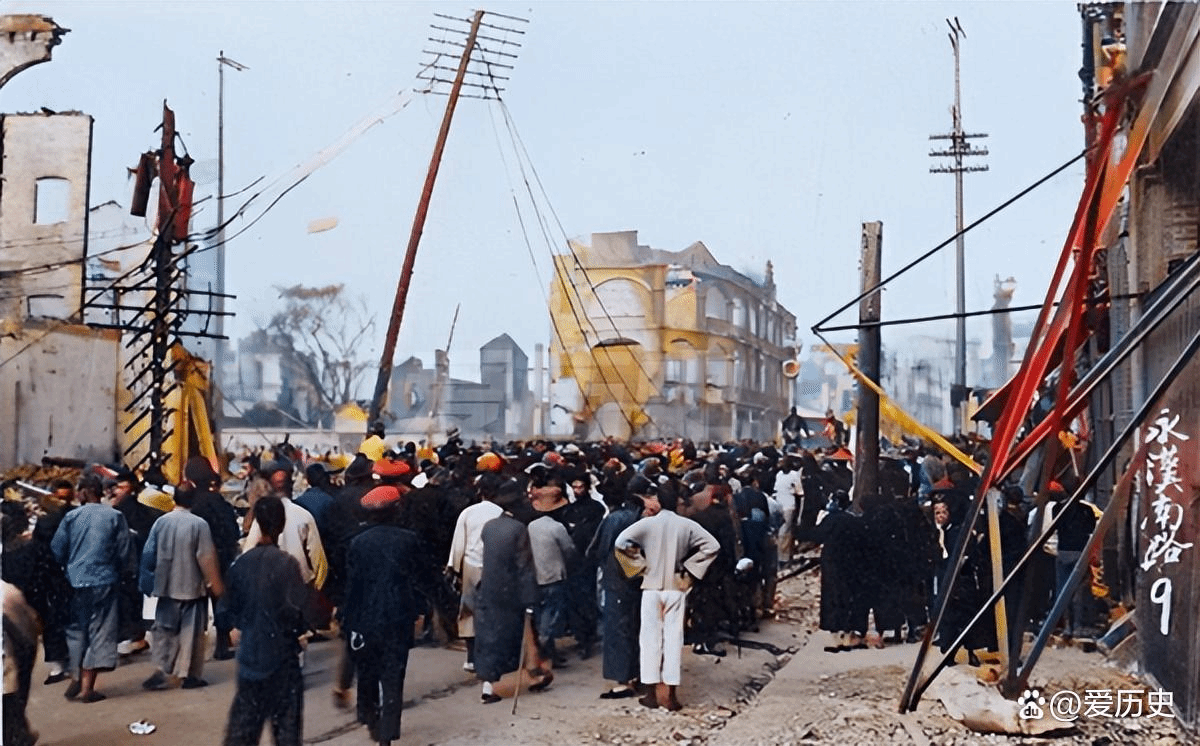1927年12月11日,在中共广东省委书记张太雷和叶挺、黄平(1932年12月在天津被捕叛变)、周文雍、恽代英、杨殷、叶剑英、聂荣臻等领导下发动了广州起义。参加起义的武装力量有国民革命军第四军教导团、警卫团一部和广州工人赤卫队的7个联队、2个敢死队,共约6000余人。
广州起义是对国民党屠杀政策的又一次英勇反击,是中共用革命武装向反革命武装进行了又一次积极、英勇的反击。是中共单独领导的,在大城市中建立工农苏维埃民主政权的大胆尝试。它和南昌起义、湘赣边界秋收起义连接起来,是中国革命战争由中共单独领导的伟大开端。
Under the leadership of Zhang Tailei, Zhang Tailei, secretary of the Guangdong Provincial Committee of the Communist Party of China (CPC), alongside Ye Ting, Huang Ping (who defected and was arrested in Tianjin in December 1932), Zhou Wenyong, Yun Daiying, Yang Yin, Ye Jianying, Nie Rongzhen, and others initated and led the Guangzhou Uprising.
The armed forces participating in the uprising included the teaching regiment of the Fourth Army of the National Revolutionary Army, a part of guard regiment, seven squadrons and two death squards teams of the Guangzhou Workers’ Red Guards, totaling approximately 6,000 people.
The Guangzhou Uprising was another courageous counterattack against the Nationalist government’s policy of massacre. It was another proactive and heroic counterattack by the CPC against anti-revolutionary forces using revolutionary armed forces. Moreover, it was a bold attempt by the CPC to establish a Workers’ and Peasants’ Soviet democratic regime in a major city independently. Connected with the Nanchang Uprising and the Autumn Harvest Uprising in the Hunan-Jiangxi Border Region, the Guangzhou Uprising marked the great beginning of revolutionary wars led independently by the CPC.(供稿:马金梅 校对:田雨荷)
